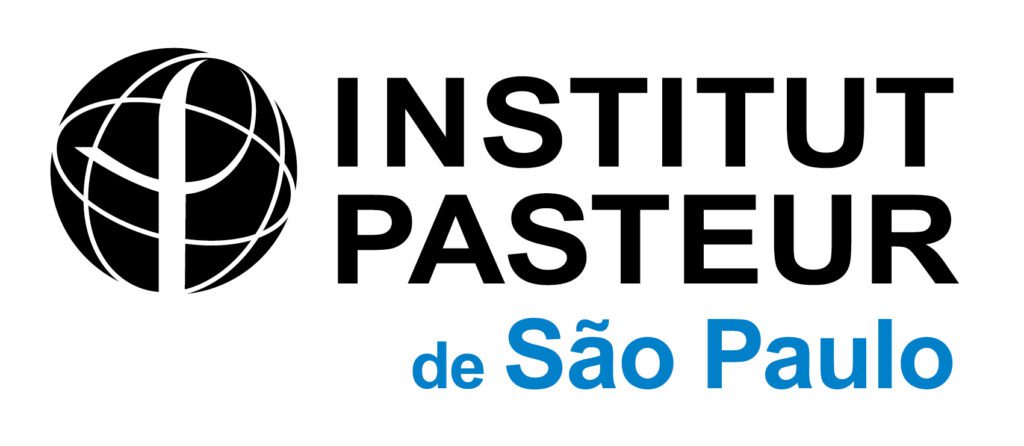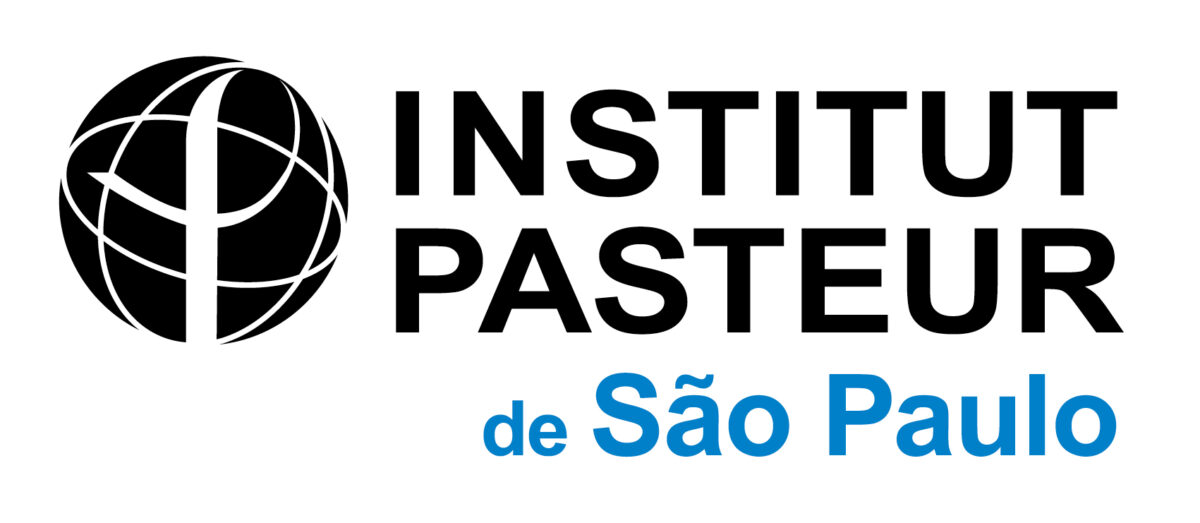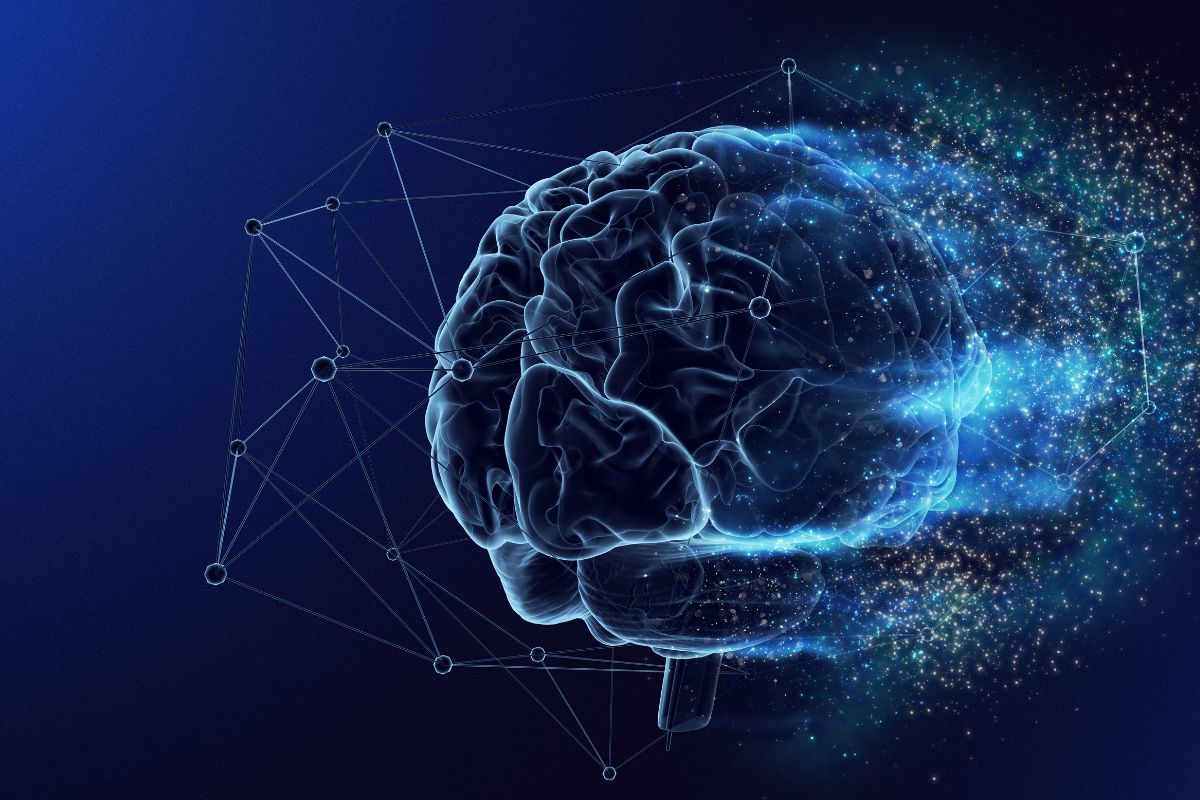Research projects led by Helder Nakaya include tools to predict epidemics, integrate databases and diagnose diseases with portable scanners.
During a seminar held on September 18 at the Institut Pasteur de São Paulo (IPSP), Professor Helder Nakaya, coordinator of the Integrative Biology research group at IPSP, professor at the School of Pharmaceutical Sciences at the University of São Paulo (FCF-USP) and researcher at the Hospital Israelita Albert Einstein, presented several Artificial Intelligence (AI) innovations developed by his research group or with collaborators.
A leader in the field of computational and systems biology, Nakaya presented solutions – some with disruptive potential – for monitoring infectious diseases and medical diagnostics. The IPSP event was part of the activities of the 2024 Franco-USPian Week of Scientific Cooperation, which took place from September 16 to 20, and was organized by the University of São Paulo (USP) in partnership with the Consulate General of France in São Paulo.
“Is there a tool that can predict the next epidemic?
With AI, it is already possible.”
Imagine an AI tool that can predict the next epidemic before it begins to spread using only data obtained from internet searches. Nakaya said his team used this tool with the Covid-19 epidemic, when he noted that as people began to search for information about the disease on Google, the number of cases increased in in the following weeks, following the search trend. The tool was applied in several places, such as São Paulo, South Carolina (USA) and India, and showed a consistent correlation between an increase in searches and in the number of cases.
The same technique was applied to monitor dengue outbreaks in Brazilian states such as São Paulo, Rio de Janeiro, Minas Gerais, and Espírito Santo, demonstrating that this method also works for recurrent diseases. “It is a cheap and effective form of epidemiological surveillance, allowing health managers to adopt preventive measures in advance and contain the spread of infectious diseases in different regions,” he said.
In another project, researchers used cell phone location data to map the spread of diseases. His team, he explained, used location data to identify hotspots of malaria transmission left unidentified by traditional monitoring methods.
“The evolution of an outbreak can be visualized in real time,
through an interactive map, right on your computer screen.”
Another noteworthy project is a platform that enables one to visualize the spread of diseases in real time using geographic data. Nakaya explained that the tool’s interface is similar to that of Google Maps, facilitating visualization in an intuitive way. The platform allows health managers to enter data on latitude, longitude, dates, and number of cases, generating an animation that shows the spread of the disease in time and space. It is also possible to change colors to represent different variables, such as confirmed cases, deaths or administered vaccines.
“Integrating decentralized databases will help
health managers make faster and safer decisions.”
In addition to monitoring epidemics, Nakaya used health data in another technological innovation that could help integrate SUS databases, which are currently decentralized. In addition to cross-referencing information from different databases, such as hospital and vaccination records, the algorithms by-pass typing errors, missing data, and redundant information. “Our software performs this integration safely and efficiently, without exposing sensitive data,” Nakaya highlighted.
The technology has been tested and approved and it can be run on a standard laptop in just a few hours, instead of taking days and requiring supercomputers as occurred in the traditional methods. According to Nakaya, the system could allow health managers to have access to more complete and reliable data, something that is essential for decision-making in public health policies.
“We are developing technology that turns unstructured medical data into useful and accessible information.”
In addition, Nakaya presented a tool that applies AI to structure and organize information from medical records, such as diagnoses and exams. Today, a large amount of information is obtained in medical consultations, often in free text form, which is difficult to use due to abbreviations, typos, and lack of structure. AI can solve this problem by reading these texts and structuring them in a way that can be used for outbreak surveillance, patient follow-up and even automatic form filling, without exposing sensitive data from patients.
“Turning gene expression data into visual images
is the future of early detection of complex diseases.”
In the field of diagnostics, Nakaya presented several innovative approaches to the use of AI. One of them transforms gene expression data into images. Applying neural networks to classify these images, AI can identify patterns associated with complex health conditions, such as cancer or infections.
This technique leverages the power of neural networks to detect disease biomarkers visually, facilitating early detection. “The project aims to improve our ability to detect diseases and make this technology accessible for a wide range of medical applications.”
“A portable AI scanner capable of diagnosing leishmaniasis in remote areas could change the reality of care in underserved areas.”
Another project uses AI to analyze images of skin lesions, helping in the diagnosis of leishmaniasis, a common disease in rural areas of Brazil. Using neural networks, the technology classifies the lesions quickly and accurately. The ultimate goal of the project is to develop portable scanners. These devices could analyze skin images and provide real-time diagnoses independent of specialists or a complex infrastructure. The tool would be particularly useful in areas with a limited number of trained doctors, thus expanding access to the diagnosis of leishmaniasis and other diseases.
“As an alternative to the MRI, AI can turn a simple X-ray image into a 3D representation.”
Another project is the application of AI to transform two-dimensional (2D) X-ray images into three-dimensional (3D) representations, similar to those obtained by Computer Tomography (CT) scans. This technology is especially useful in remote or underserved regions, where CT scans are not available, improving the quality of X-ray images and allowing for more accurate diagnoses without further advanced tests.
“Equity in AI is key to ensuring that innovations benefit the entire population, without discrimination.”
Nakaya also highlighted the importance of equity and universality in the use of AI in health. He warned that AI models trained mostly with data from specific ethnic groups, such as Caucasians, could create tools that favor only that group. He emphasized that Brazil, with its great diversity, is the ideal place to develop algorithms that adequately represent the entire population, ensuring that technological innovations are accessible and beneficial to all, without discrimination.
“DataSUS is a gold mine of information that can
boost public health in Brazil with the help of AI.”
“If data is the new oil,” the researcher emphasized, “DataSUS represents a true ‘pre-salt’ of health information on the Brazilian population, with more than 30 years of accumulated data”. This vast repository of data offers immense potential for the development of AI technologies in public health. However, he highlighted the importance of making good use of this data, securing the integration of the bases, eliminating redundancies, and ensuring that Brazil develops its own technological solutions, instead of relying on external models not fully reflective of the diversity of the Brazilian population.



